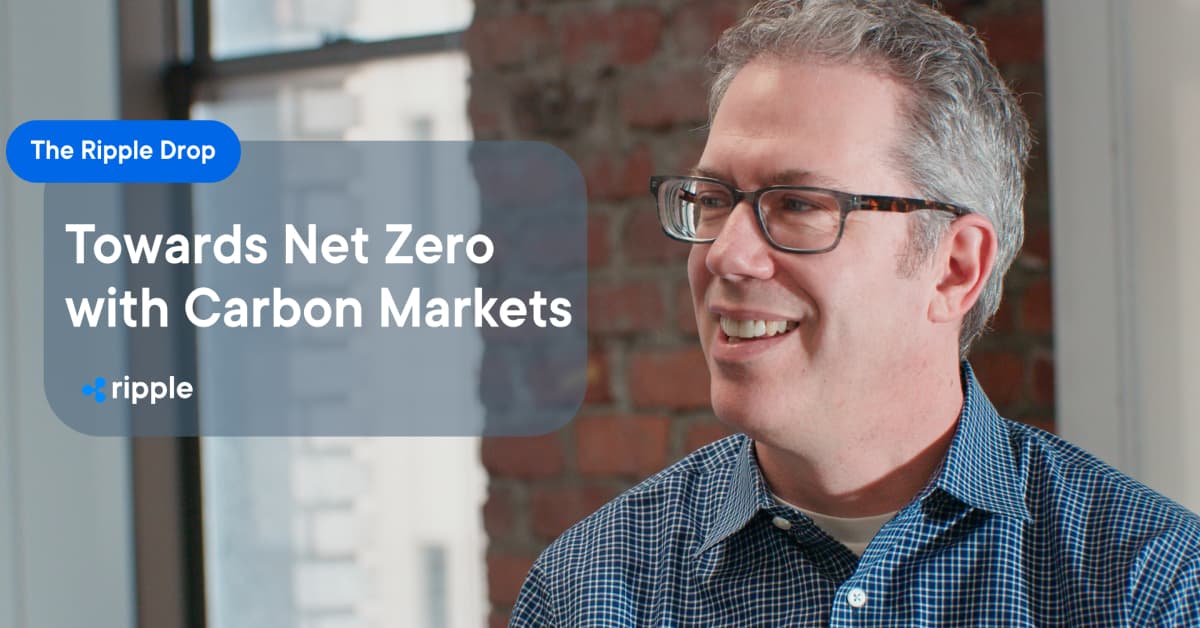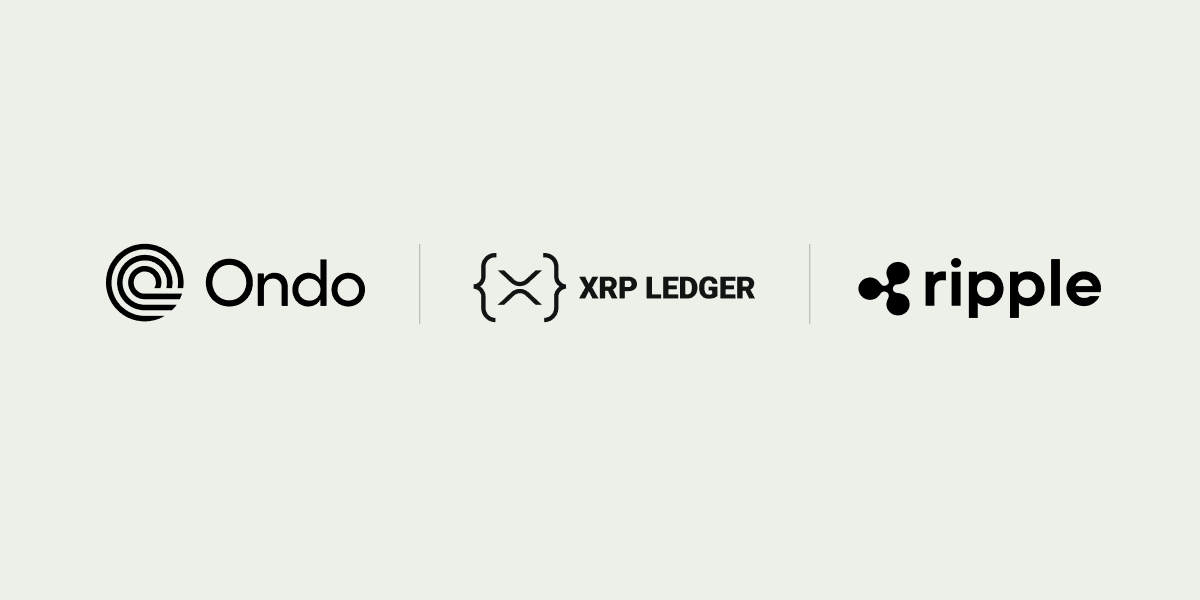“The fight against climate change is expected to produce the largest reallocation of human and financial resources in history.”
This is how VP of Ripple Impact Ken Weber frames the mobilization taking place in the battle against global warming. It’s one of many remarkable insights he shares as part of our conversation about Ripple Impact in the latest episode of The Ripple Drop.
In Support of Employees, Innovation and Sustainability
According to Ken, the mission of Ripple Impact is deep and broad, touching on three core areas. The first is empowering employees to become involved through volunteering, giving and purpose-driven projects at work or within their communities.
The second is a commitment to research and innovation. One example of this work is Ripple’s University Blockchain Research Initiative (UBRI), a program that has partnered with more than 50 universities around the world since its inception 5 years ago to support blockchain research and innovation in academia.
Finally, Ripple Impact is actively engaged in global sustainability work. This ranges from Ripple’s corporate commitment to achieving carbon net zero by 2030 to exploring ways blockchain can have a positive impact on climate change.
Taking the Lead on Sustainability
Ken continues on to unpack this sustainability strategy further. To meet Ripple’s commitment to net zero emissions by 2030 (spoiler: or sooner), Ripple is taking the necessary steps to reduce its emissions as a company and purchasing high quality carbon offsets.
Ripple is also helping lead efforts to reduce emissions across the crypto industry so that blockchain and crypto technologies can be leveraged as more sustainable solutions supporting the global economy.
An important part of this overall sustainability strategy focuses on integrating blockchain technology into the voluntary carbon markets industry. According to Ken, the use of the XRP Ledger by climate-focused fintechs and carbon removal companies can help address “persistent issues of trust, transparency, liquidity, efficiency and equity” at scale.
He explains that Ripple is also making investments in these types of companies and funding initiatives by partners like the Rocky Mountain Institute.
Carbon Markets & Credits 101
As part of the conversation, Ken provides a quick primer on carbon markets and carbon credits.
He describes carbon credits as units of value priced per ton of carbon that has been removed from the atmosphere. Extracting carbon from the atmosphere can be done in a number of ways—from planting a tree or preventing one from being cut down to developing a machine that removes carbon from the air and permanently stores it underground. Once carbon is removed from the atmosphere, a credit is issued to the project owner which can then be traded within a regulated carbon market. Of course, the quality of the carbon credit dictates its price.
While this may sound straightforward in theory, in practice, there are myriad operational inefficiencies within carbon markets, but blockchain technology has the potential to streamline carbon markets to offset emissions and drive greater credibility, liquidity and scale.
Ultimately, Ken is excited by all the energy and capital being channeled into this sustainability work. At Ripple, he says everyone from engineers to marketers to corporate development leaders are part of the effort. This mirrors the range of entrepreneurs and developers across the industry who are similarly engaged.
Only together can we initiate the seismic shift required to win the battle against climate change.







